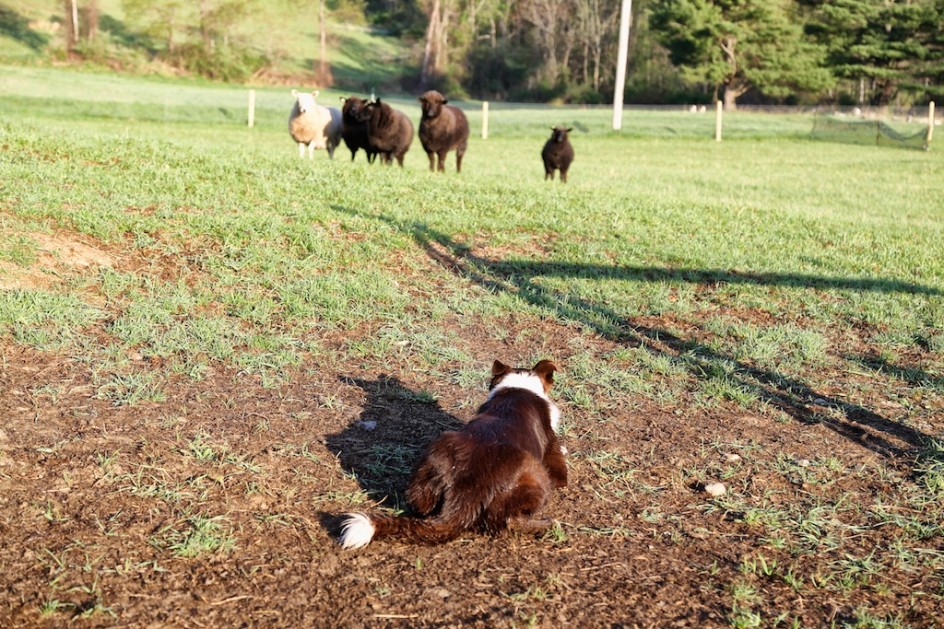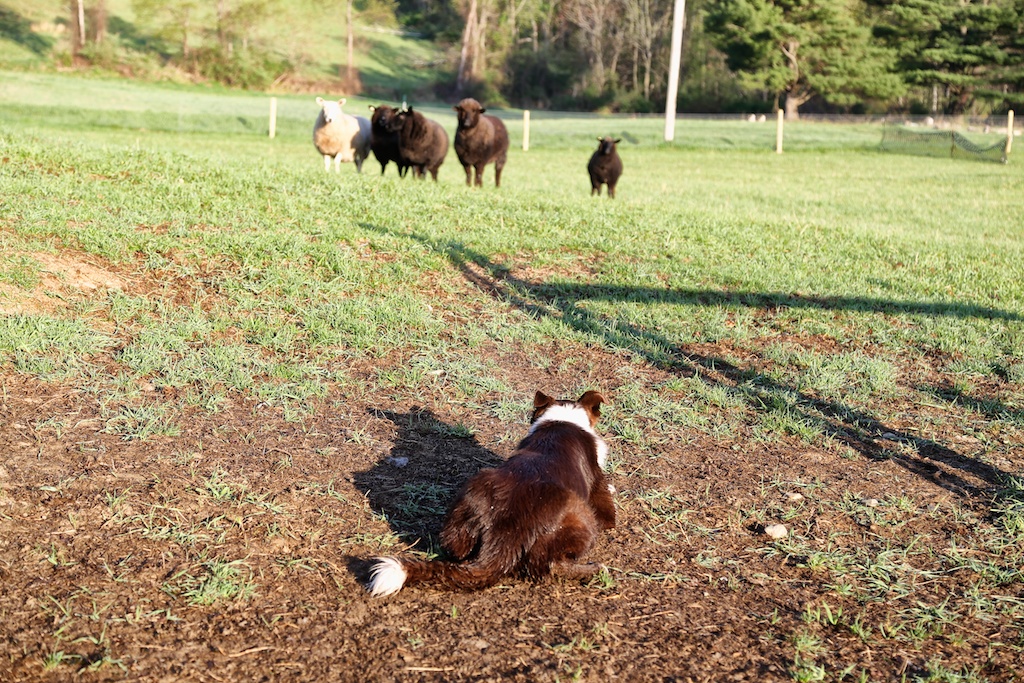
If you write about dogs, it often happens that people will stop you on the street and look for some free advice. My doctor and vet friends say this happens to them all the time, they call it “curbside consultations.” Most people do not have strong boundaries, and they love free advice which is rarely, in my experience, any good. Writing about dogs is confusing sometimes, because people think you are a dog trainer and a vet, and I am neither. I am a writer, a story-teller and that is very different, but I have lived with and studies and written about dogs, and I have strong feelings about training and if I can help, I sometimes find I do not have the wisdom to smile, mumble, and walk away.
Yesterday I was shopping at our food co-op and a woman came up to me and asked if she could speak to me. I knew what was coming. She told me this quite detailed story of her eleven-year-old Golden Retriever who had a problem. He was wrecking her home when left alone, chewing up pillows, furniture legs, carpets, dumping on the floor jumping on counters, knocking over bowls and dishes, lamps and tables. What ideas did I have?, she asked. I hear too many stories like this, and I should have told her to talk to a trainer, not me. But instead, I told her what I thought, (and I was thinking, poor dog, he deserves so much better than this, I owe it to him to try), which was that she ought to get a crate and put him in it when she went out. He obviously was stressed and confused and had been reinforced for being anxious and destructive.
Many people – she was one of them – assumed her dog was suffering from acute separation anxiety because she was leaving him. It was, of course, about her, not him. She needed to believe that he missed her so much he ran amok. That was much easier than training him. I knew the minute she started talking that she would end up taking him to a vet and medicating him.
But separation anxiety for dogs is a great boon for pharmaceutical companies, not for most dogs. They are doing to them what they have done to us, offer them a lifetime of pills. Many dogs are just anxious and confused, they do not know what to do when left alone, they have not been trained and acclimated for that are not grounded for one reason or another.
She was just shocked by my suggestion, it was not what she wanted to hear. Oh, no, she said, she didn’t think he would be happy in a crate. Do you think he is happy now?, I asked, chewing up the house, eating wood splinters and dreading disapproving humans coming in the door? The dog was seeking calm and boundaries, I said not emotionalizing and projection. Dogs are attention addicts, and they don’t differentiate good attention from bad. If you have drama when you come and go, they will give it back to you.
The woman said he was in a crate when he was younger, and he loved it, but she and her husband didn’t think he would like a crate now. Clearly she and her husband weren’t happy about the crate, not the dog. Nor was she anxious to find out. She didn’t want to put him in a crate. She was clearly hoping for some other answer, some magical suggestion that would eliminate years of confusion and destructive behavioral problems. People want answers from gurus, they often don’t want to think for themselves. I didn’t tell her what I was thinking, was that she was no better than people who tie dogs to a tree day and night, it’s just a socially acceptable kind of cruelty, like many “no-kill” shelters.
A dog like this would love a crate, I suspected. Most dogs do. Dogs are den animals, they love confinement, there is no pressure on a dog in a crate, and they are not damaging themselves or human property. Comings and goings are not tense. Homes are not damaged, trash cans not turned over. I doubted the dog was freaking out because he was left alone, he was clearly anxious and restless and uncertain. She said she and her husband were thinking about medication.
I am always surprised that people who consider themselves advocates for dogs are so quick to avoid responsibility for them as they veer out of control. I suggested that if she couldn’t bear a crate, why not a child-proof barricade to keep the dog in one room and confined? Oh, she said, we like him to have freedom to roam the house. I should have given up, of course, but I couldn’t help thinking of this poor dog, a reminder than you can easily and chronically abuse a dog without kicking him. Try a crate, I pleaded, and she laughed, oh, my husband won’t like that and I don’t think he would be happy there. She wanted to talk longer, but I was afraid of losing it if the conversation went on. I excused myself and said I had to get home and walked away. I know better than to give advice. Fools don’t take it and smart people don’t need it. I am not sure why people ask for advice when they rarely want to take it.
I felt badly for this dog, stuck with humans who care only for how they feel, not for how he feels. A crate would take the pressure of him, help him feel safe, remove all the decision-making stress, and not insignificantly, protect the household. And one day, he will chew the wrong thing and hurt himself. It’s a dignity question as well. I just wouldn’t tolerate it. We are the leaders and partners of our dogs, not their followers. I have never had a dog eat up furniture, all of my dogs are crate trained and I have never lost a cushion, a chair leg or food off of the counter. Most of the time when I go out, they are in crates, sleeping and chewing a bone. I know just where they are and they know just what to do. I don’t have to fear walking in the door, neither do they. Crates used properly are grounding, calming.
The experience was a bit unsettling, but also reinforcing. It is never good to be judgmental, she was operating within the framework of what she knows. Still, I am glad I wrote “Listening To Dogs,” my next e-book out in a few weeks. Maybe it can help a few dogs like that and some people as well.

